Electricity_Basics_Part_2_Voltage.pdf
Voltage
Potential energy difference between two points. Can also be described as "Electrical Pressure."
- Voltage is measured in VOLTS (represented by "V")
- In a circuit with a battery — the more charge the circuit has, the more voltage it will have
Transcript
[0m:4s] Hi I'm Josh Bloom, welcome to another video in the RSP Supply education series. If you find that these videos are helpful to you, it certainly helps us out if you could give us a big thumbs up and subscribe to our channel.
[0m:16s] In today's video, we are going to continue on in our brief series in which we are talking about the basics of electricity.
[0m:25s] In our last video, we talked about the movement of electrons or electrical charge.
[0m:31s] In that video, we discussed that in order to manipulate electrical charge so that it can work for us, there are three guiding principles we need to understand: voltage, current, and resistance.
[0m:44s] If you have not already seen this video, we will link it in the description below so that you might better understand the concepts that we will be discussing today.
[0m:53s] For the purpose of today's video, we will be focusing on just one of these concepts:
[0m:59s] Voltage.
[1m:0s] Voltage is defined as the potential energy difference between two different points. More specifically two points on any given circuit.
[1m:13s] It can also be described as the potential electrical pressure,
[1m:17s] or electrical tension between two points on a circuit.
[1m:21s] If you remember from our last video, a circuit is simply a path in which electrons can flow. This path needs to have a power source and a place for the electrons to flow to, which will loop back to the original power source. So in regards to voltage, one point in the circuit will have more energy or charge than the other point. This difference is what defines the amount of voltage we will see in a circuit.
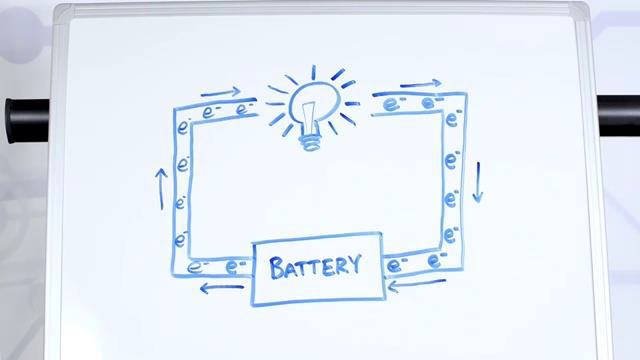
[1m:53s] Voltage is measured in volts, which in electrical equations is represented with a V symbol.
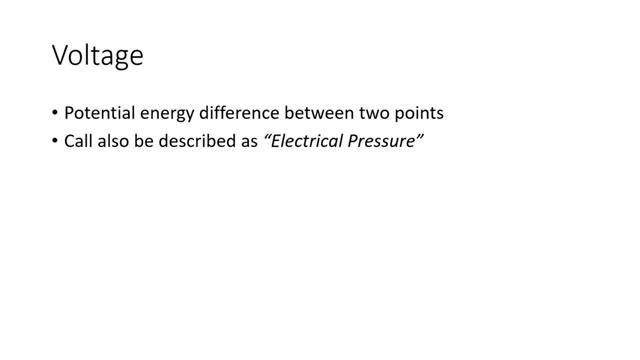
[2m:0s] A very common analogy that is used when trying to explain electricity is to think of water and how it behaves through a pipe.
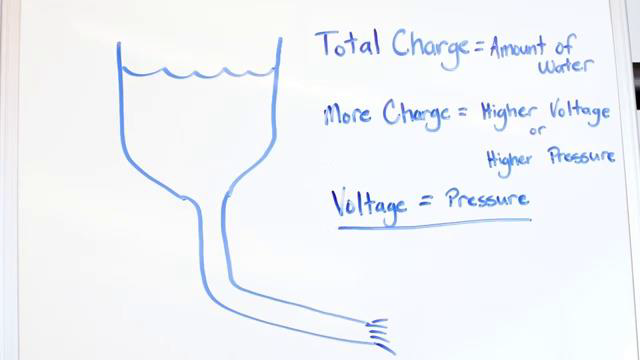
[2m:9s] If this water is electricity, think of voltage as the amount of water pressure that is in the pipe.
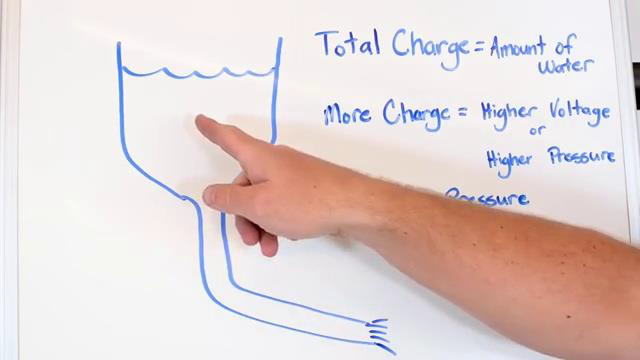
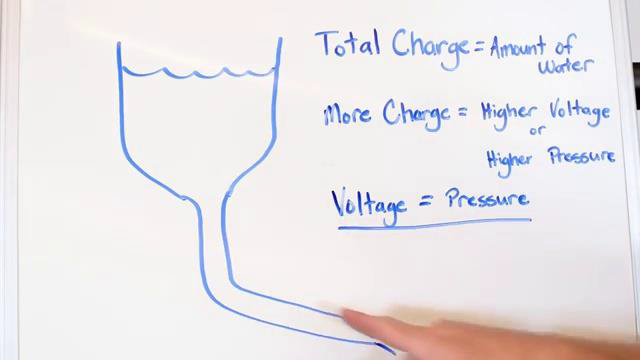
[2m:17s] Charge, however, would be represented by the total amount of water in the pipe.
[2m:23s] So, as you can imagine, they are directly correlated.
[2m:27s] The more electrical charge you have or the more water that exists in the pipe, the higher the voltage will be, or in terms of water, the higher the water pressure will be. So it stands to reason that as the water flows through the pipe,
[2m:43s] which in electrical terms is referred to as current,
[2m:46s] the total amount of water will decrease, or the electrical charge will decrease.
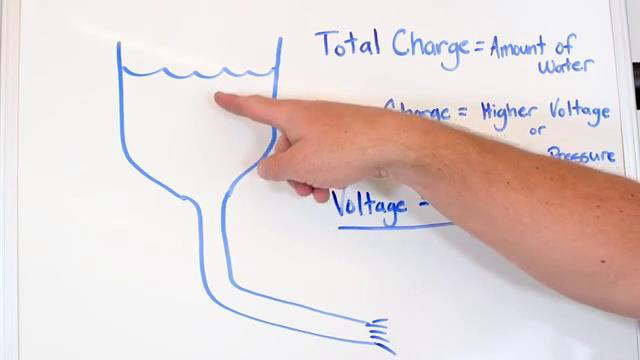
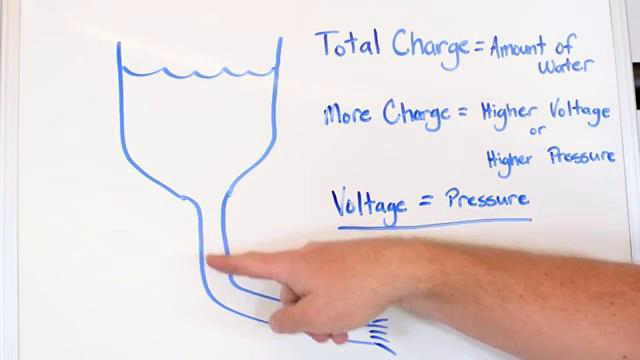
[2m:52s] This decrease will directly impact the amount of water pressure, or in terms of electricity, the amount of voltage we will see in our circuit.
[3m:2s] In short, it is important to remember that voltage is the potential energy difference between two points on a circuit. However, it is also important to remember that this voltage is directly related to electrical charge as well as the amount of current and level of resistance in a circuit.
[3m:21s] In our next video, we will discuss electrical current and better explain this relationship that exists between voltage and electrical flow.
[3m:30s] For a full line of industrial electrical equipment and thousands of other products, please go to our website. For more information or other educational videos, go to RSPSupply.com, the Internet's top source for industrial hardware. Also, don't forget: like and subscribe.




